Ukrainian artist who died fighting Russians: “True anarchists share their people’s hardest struggles”
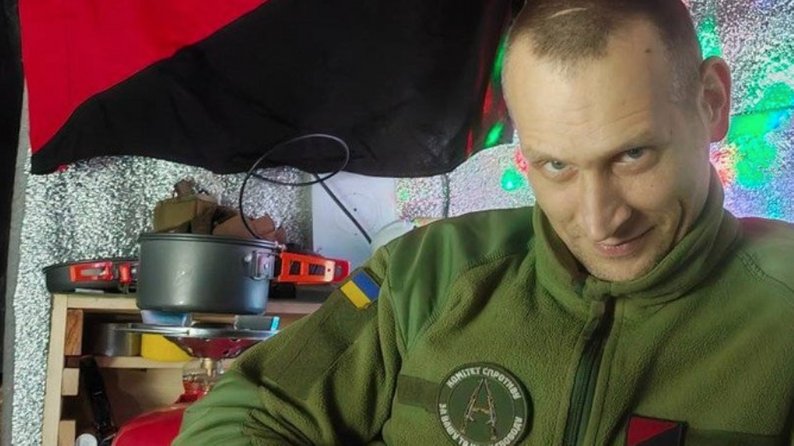
Davyd Chychkan, a Ukrainian artist known for his anarchist political views and socially engaged artwork, died 9 August from wounds sustained while repelling a Russian infantry assault in southern Zaporizhzhia Oblast. He was 39 years old.
The ministry described this as a deliberate continuation of historical patterns where occupying powers target Ukraine’s cultural elite, emphasizing that each artist represents not just individual talent but an irreplaceable part of Ukrainian identity and cultural heritage.
Why was an anarchist artist on the front lines? Chychkan had his reasons.
When Russia launched its full-scale invasion, European cultural institutions offered him thousands of euros monthly to relocate and continue his work abroad. He refused. Making money off Ukraine’s war while safely abroad struck him as morally bankrupt, according to military colleague Mykyta Kozachynskyy.
Instead, Chychkan volunteered for a mortar crew.
The decision fit his philosophy.
“True anarchists must share the most difficult hardships that their people experience,” the Resistance Committee—an organization of anarchist fighters—quoted him saying.
The group confirmed his death after he suffered severe injuries during combat on 8 August. His death was also confirmed by his wife Anna Wtikenwneider.
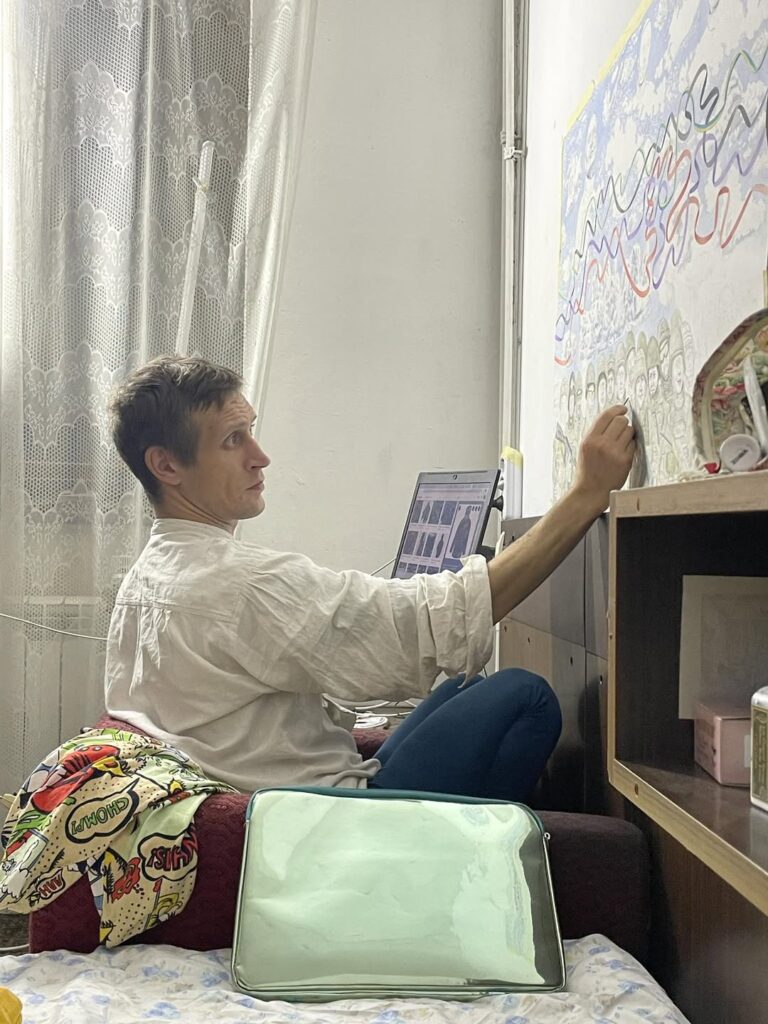
Artist’s exhibitions were attacked or canceled
Chychkan’s political views had been causing trouble for years.
His exhibitions faced repeated attacks. In 2017, more than a dozen people broke into a venue showing his work, assaulted a security guard, destroyed the exhibition, and stole four paintings.
This January, Odesa National Art Museum canceled his planned exhibition “With Ribbons and Flags” after critics claimed he equated Ukrainian and Russian soldiers.
Why the hostility? Chychkan was an anarcho-syndicalist who saw art as a tool for working-class liberation.
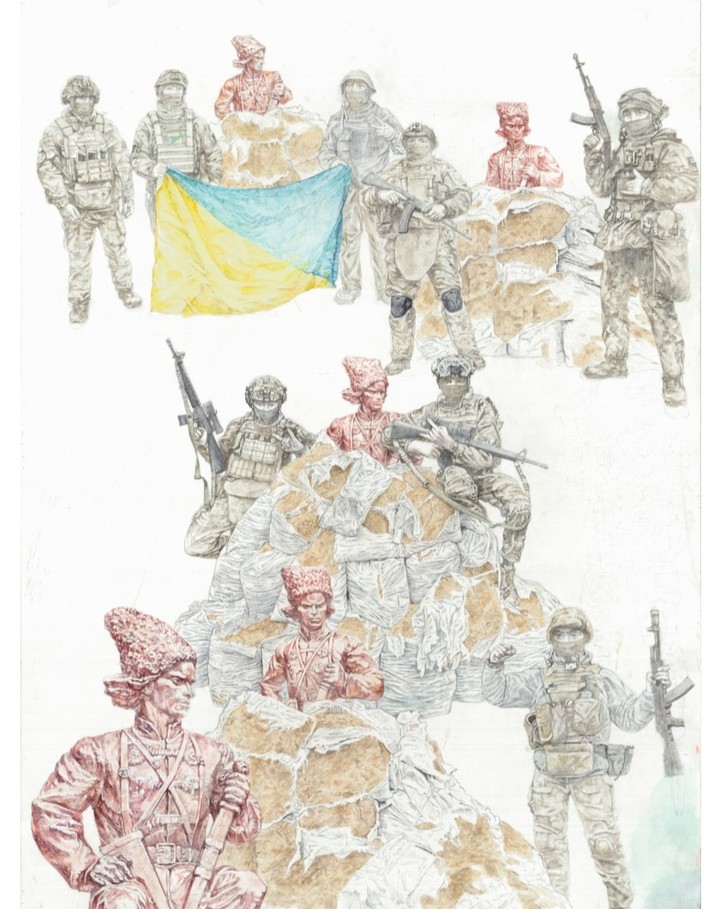
Born into an artistic family in 1986, he was largely self-taught and worked across graphics, posters, painting, street art, and performance. His pieces often featured political messaging that challenged conventional patriotic narratives.
“Anarchist convictions are my escapism, a wonderful world and a pillow into the existential pit, to fall more softly,” he once explained his political philosophy that advocated for decentralization and solidarity.
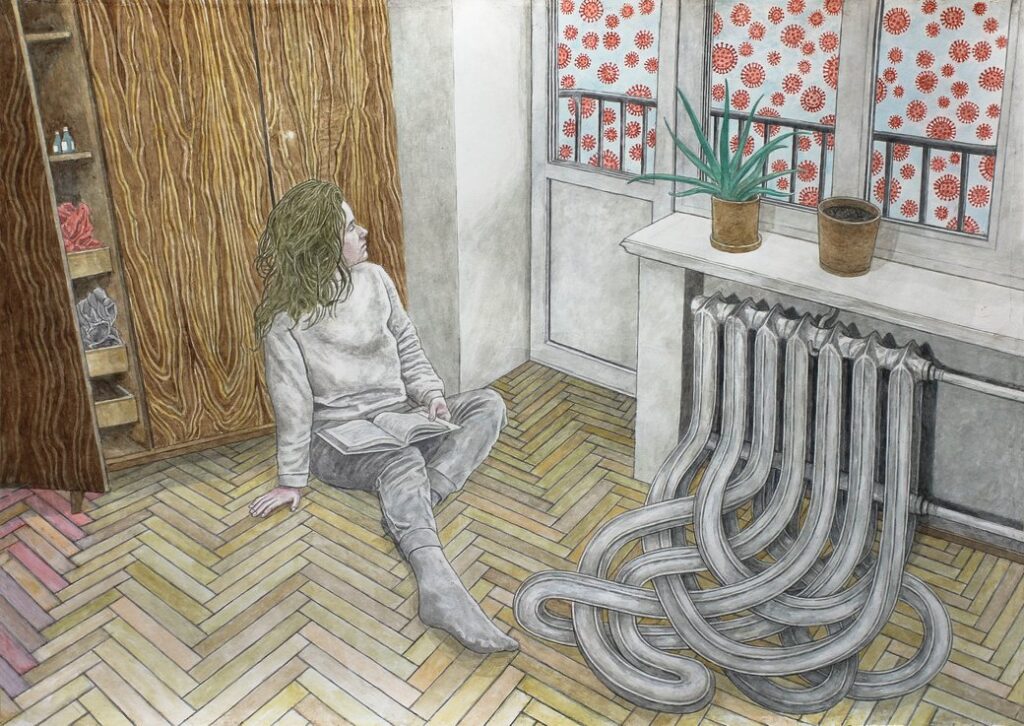
Devoted to his comrades and his country
BBC defense correspondent Jonathan Beale met Chychkan last December near Kupiansk in eastern Kharkiv Oblast. The encounter stuck with him.
“In many ways, he didn’t seem like an archetypal soldier,” Beale recalled. Chychkan’s unit was an eclectic mix—the artist fought alongside a vegan chef, software developer, and engineer.
But Chychkan’s commitment was clear. He shared his artwork with fellow soldiers and spoke passionately about politics and social justice.
“I didn’t know David very well, but he seemed sensitive and thoughtful to me. In many ways, he didn’t seem like an archetypal soldier, if such a thing exists. But he was clearly devoted to his comrades and his country,” Beale noted.
During their meeting, Chychkan was eagerly awaiting his son’s birth. “It pains me greatly that he won’t be with Anna to watch him grow up,” Beale said.
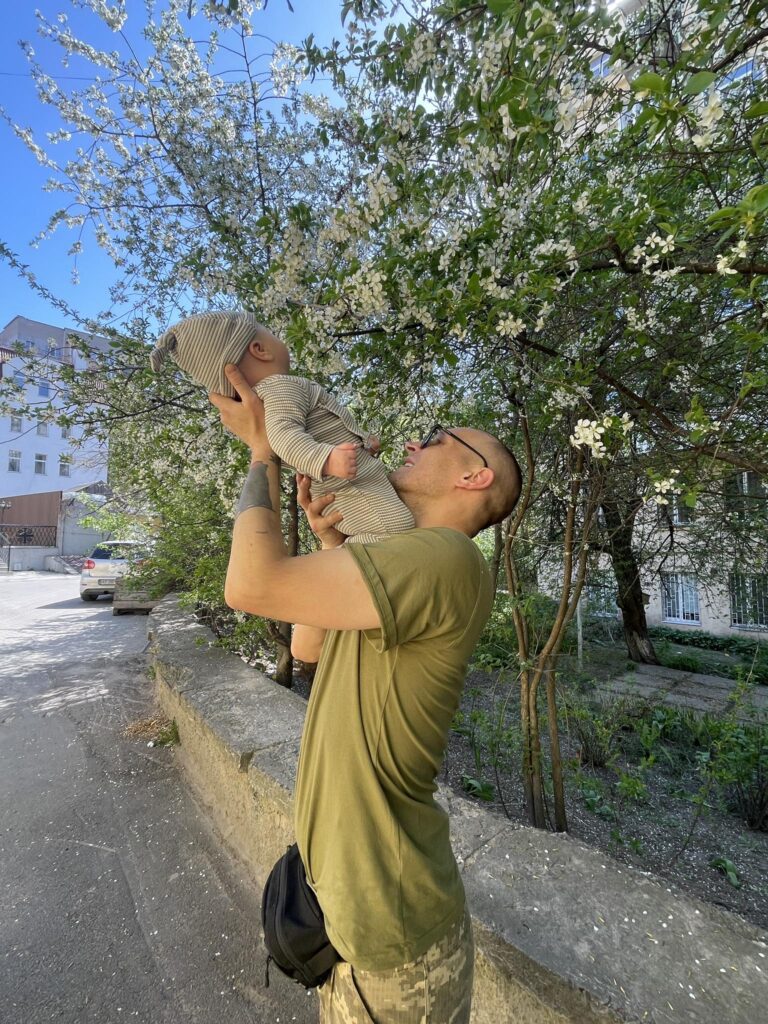
What he left behind
Chychkan’s wife Anna described him as someone who “loved life very much, but gave it for Ukraine, for the democratic, truly social country he dreamed of.”
Her Facebook post revealed both grief and anger—grief for the husband and father who won’t see his son grow up, anger at those who “persecuted him, insulted him, disrupted exhibitions and threatened him.”
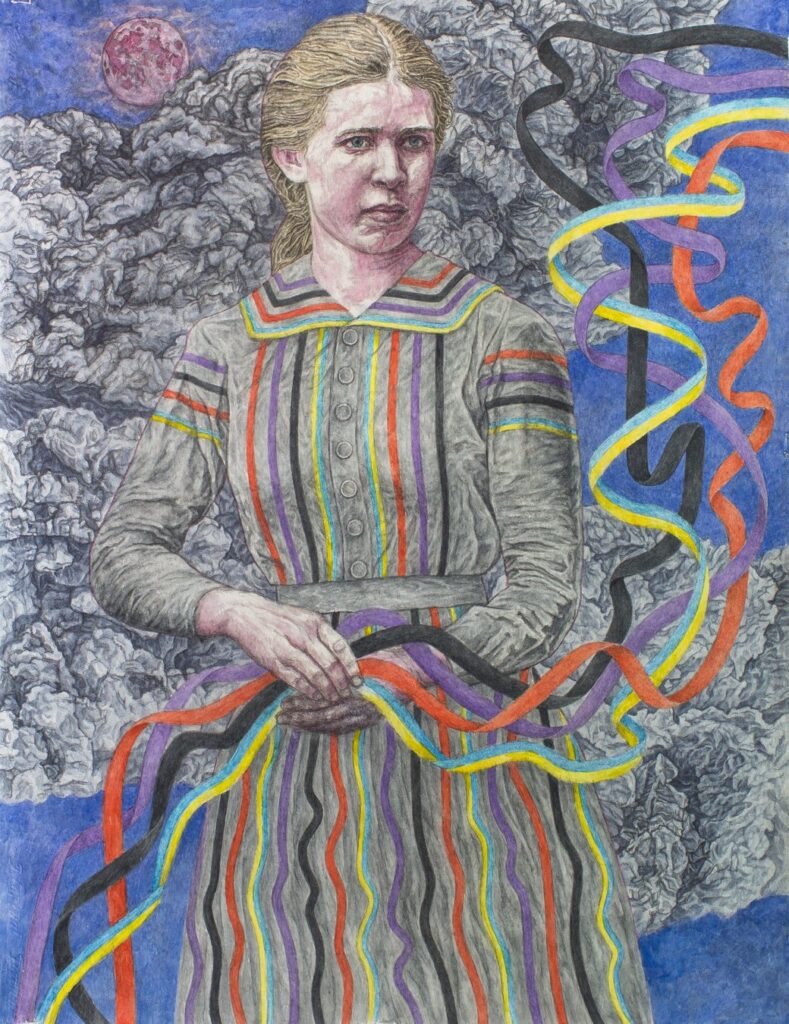
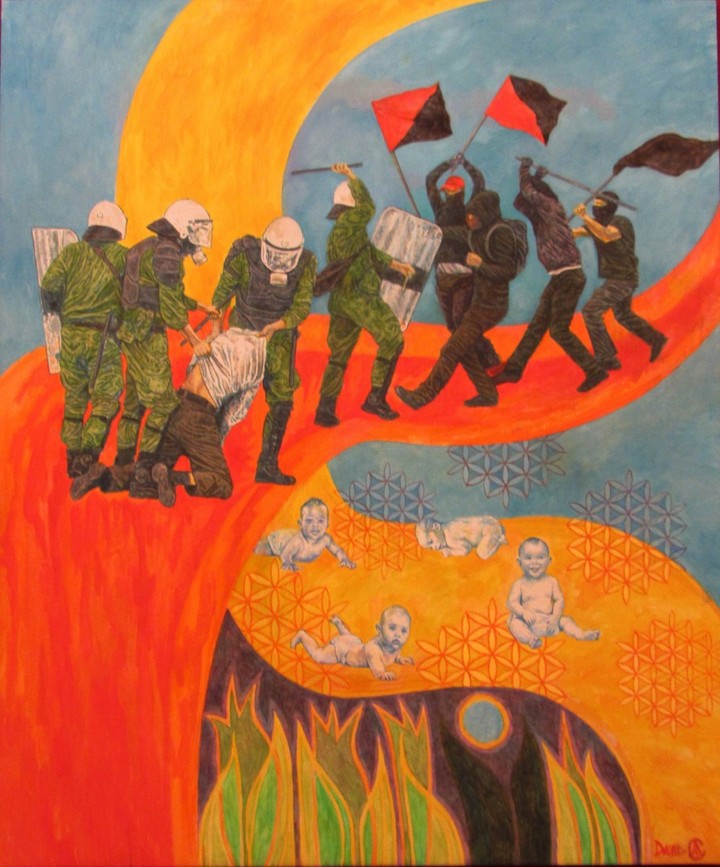
The Resistance Committee remembered him differently than his critics did. They described someone who “always approached any work conscientiously, never hid behind others’ backs or behind his own social capital” and shared “deep thoughts about politics, ethics, and social justice” with fellow soldiers.
At the Odesa Museum of Modern Art, staff noted that visitors consistently lingered at Chychkan’s exhibits during the city’s Biennale. His art, they said, was dedicated to “the fight for freedom”—a fight he ultimately joined with more than brushes and paint.
Read also
-
British volunteer killed by Russian drone strike one month into Ukraine deployment
-
Russian anarchist fights alongside Ukrainian forces with hope of bringing revolution to Russia
-
Deadly attack hits Ukrainian recreation centre in Zaporizhzhia: 2 killed, 12 injured
-
Russians killed Ukrainian soldier — his comrade inscribed missile with his name and brought down Russian jet